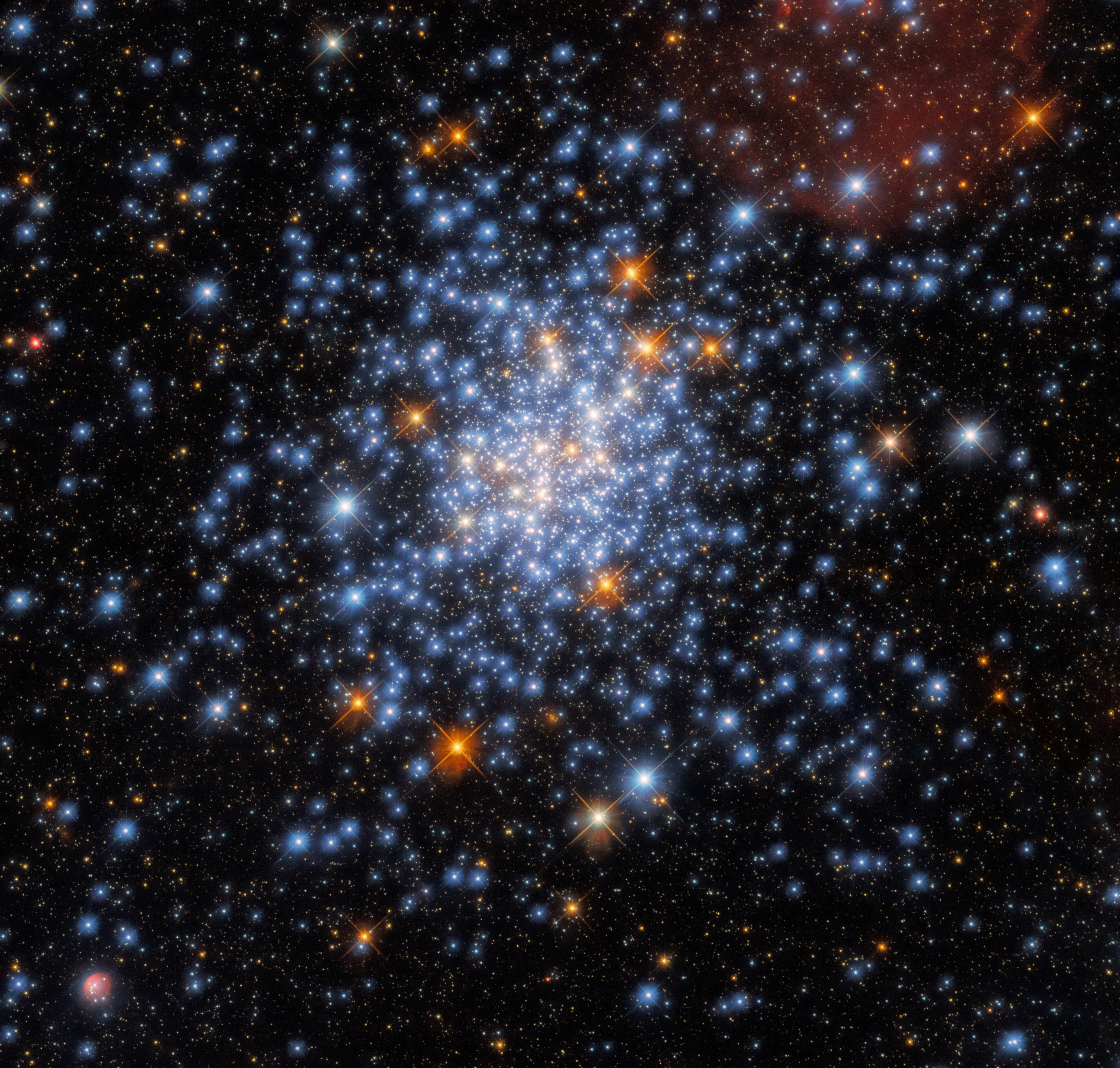'Ready for Fourth of July?': Nasa's Hubble telescope shows off cosmic fireworks
The open star cluster, in all its brilliant flare, is called NGC 330. It is located in the constellation Tucana (the Toucan), about 180,000 light-years away inside the Small Magellanic Cloud, Nasa said.
As the United States celebrates its Independence Day on July 4 with a grand display of fireworks and pyrotechnics from New York City to Philadelphia -- the National Aeronautics and Space Administration has something else planned, albeit in its signature style. Nasa's Hubble Space Telescope (HST) on Friday dropped an image of a dazzling star cluster 180,000 light-years away, which could very well be mistaken for cosmic fireworks in space.

Also Read | Fourth of July: With fireworks and parades, US celebrates Independence Day today
"Ready for the Fourth of July weekend?" Hubble tweeted from its official handle on the social media platform, sharing details of the star cluster.
The open star cluster, in all its brilliant flare, is called NGC 330. It is located in the constellation Tucana (the Toucan), about 180,000 light-years away inside the Small Magellanic Cloud, Nasa said. The image of the star cluster, which consisted of a multitude of stars, was taken with the NASA/ESA Hubble Space Telescope.
The image uses observations from Hubble’s Wide Field Camera 3 and incorporates data from two very different astronomical investigations, said the European Space Agency (ESA). The first aimed to understand why stars in star clusters appear to evolve differently from stars elsewhere, while the second focused on how large stars can actually be before they become doomed to end their lives in cataclysmic supernova explosions.
Also Read | US Independence Day: What do fireworks symbolise on the Fourth of July?
According to Nasa, all the stars contained in such a cluster are roughly the same age, since they form from a single primordial cloud of gas and dust. "This makes them useful natural laboratories for astronomers to learn how stars form and evolve," Nasa said in its status update.
July 4, 2021, marks the 245th anniversary of the founding of the United States. Independence Day -- known colloquially as the Fourth of July -- is celebrated in the United States on July 4 annually. The day is usually marked with a splendid display of fireworks, as citizens gather across several states to observe a pyrokinetic show in the night sky. To date, the largest of such displays has taken place in New York City, where more than 22 tons of pyrotechnics were held in the East River in 2009.




